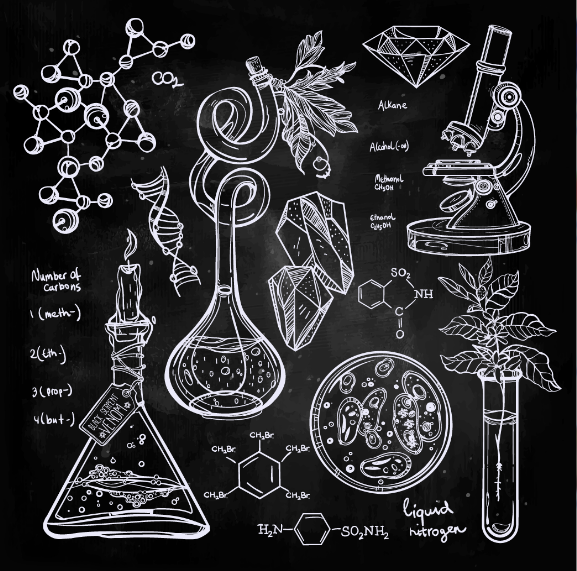This month we celebrate science through the British Science Festival and the focus this year is on science in our society. To help you participate, we’ve prepared two activities which we call ‘Big Science’, science which will tell us about our lives and where people live in Britain.
Activity One: The World Around Us
Sometimes science can be focused too much on the location where we live and where we go to school. A little like the geography topics which ask us to compare different locations, we’re going to look at the scientific similarities and differences in different locations around the UK.
Suitable for: Year 2 to Year 6
Learning Focus:
- Understand how differences in the physical environment can determine what lives there
- Understand how location can affect different aspects of the environment
To begin with you’ll need to set up links with schools in different parts of the UK; three or four is a good number. You’ll be asking them to collect data, photographs and perhaps written or video accounts of life in those locations and use the data collected to understand the differences in ecology.
Begin by marking your location on a big map and display it on the classroom wall. Have the different countries of the UK labelled on it as well as major rivers and cities. Tell the pupils that you will be studying the differences in what lives in different locations in the UK and that you want them to select a location to study but also to give a reason why they chose it.
You are looking for answers such as . . .
I think we should collect information from around Aberdeen as it’s in the north and it’s by the sea and I think . . .
I think we should collect information from around Oxford as it’s on a river and inland and I think . . .
Once you have decided on your comparison partners start thinking about what information you might need to collect to compare them and how that information might affect what lives there in terms of plants, birds, animals, insects and trees.
Weather is a good start as well as soil type, rocks and human impact on the environment.
You’ll need to decide how you’ll measure or record these so the results are based on a fair test. Once decided, ask your partner schools to collect information for you. Weather data is quite exciting as it’s likely to be very different. Photographs of endemic trees and flowers can often show a distinct difference whilst the terrain also has an interesting effect.
Once you have collected all the information, talk about what you can deduce from it. Why are coniferous trees more common in the north? Why is it warmer in the south? Try to get the pupils to refer to more than one set of data if they can.
Activity Two: Changes
Suitable for Year 1 to Year 6
Learning Focus:
- Recognise how we change as we grow older
- Be able to measure and record data accurately
This activity involves the whole school in documenting change in ourselves
Begin with a series of slides of pictures of the stages in life of a human (perhaps you!), baby to toddler to child etc. and ask the pupils to tell you what changes they notice as the human gets older. Ask them to predict what changes there may be in the future of that human.
Ask the pupils to choose a member of each class below and above them. Take a photo and start a database (paper or on a computer) of measurements. We’d suggest:
- Leg length from hip to floor
- Shoe size
- Skull circumference
- Arm length
- Hand span
- Height pulse
- Pulse
- Measuring strength is another good one by using a spring balance or suitcase scales
- You could also measure lung capacity by inflating a plastic bag inside a large measuring jug
You can also do weight but some sensitivity may be needed!
The data won’t be very accurate because they will be measuring different children instead of the development of one but by choosing subjects whose birthdays are similar, there will be some degree of fairness.
Graphing the measurements will show that the changes are not smooth because of ‘growth spurts’ and you can ask the pupils to identify periods of great or little change.
Once all the data is collected, you should ask the older pupils to say what they have discovered and, if they link growth with physical ability, to say why.
As a final bit of fun, they can use their own photo and put it through one of the aging software programmes to see what they will look like in five, ten, twenty and perhaps fifty years’ time.




